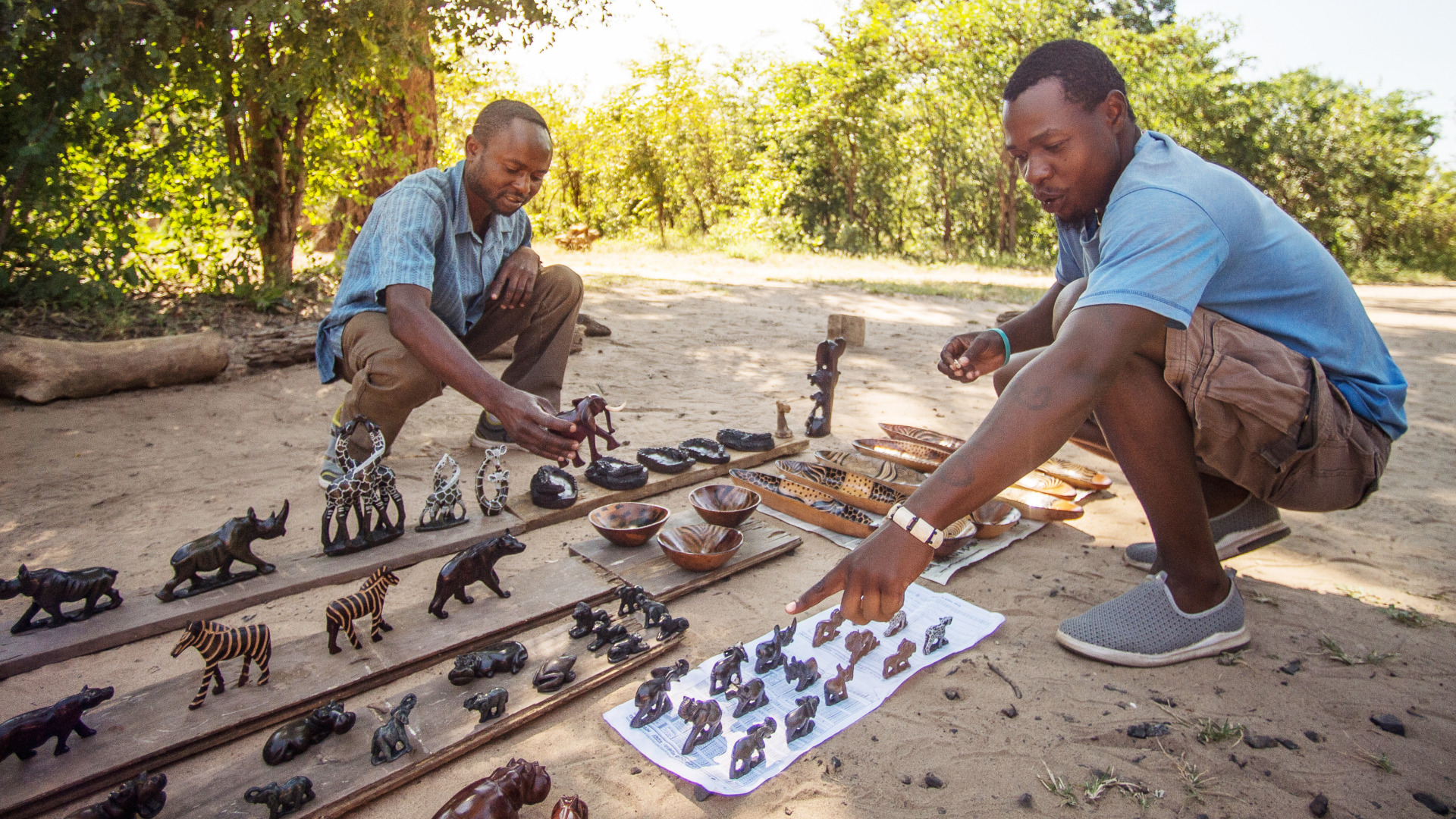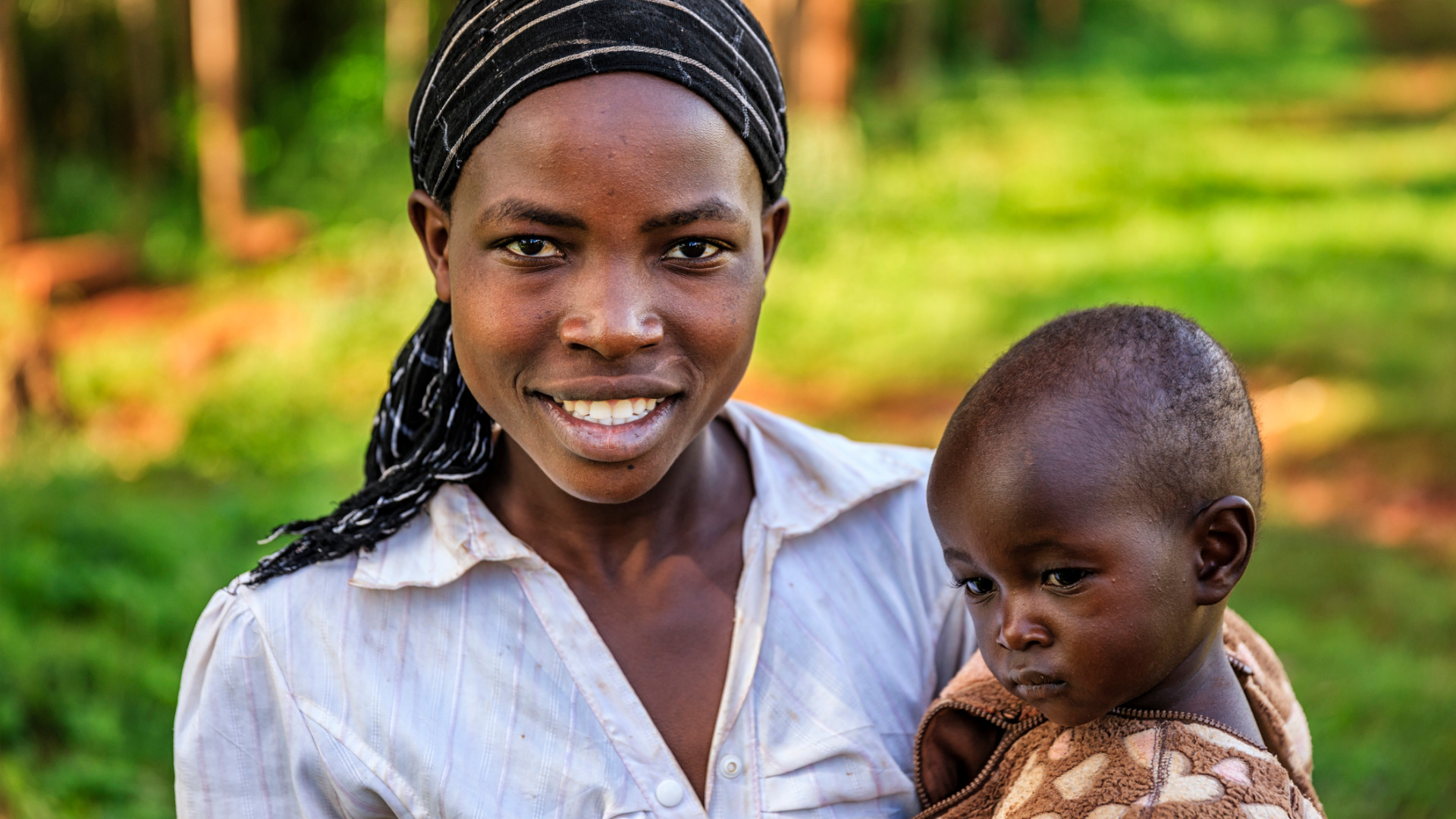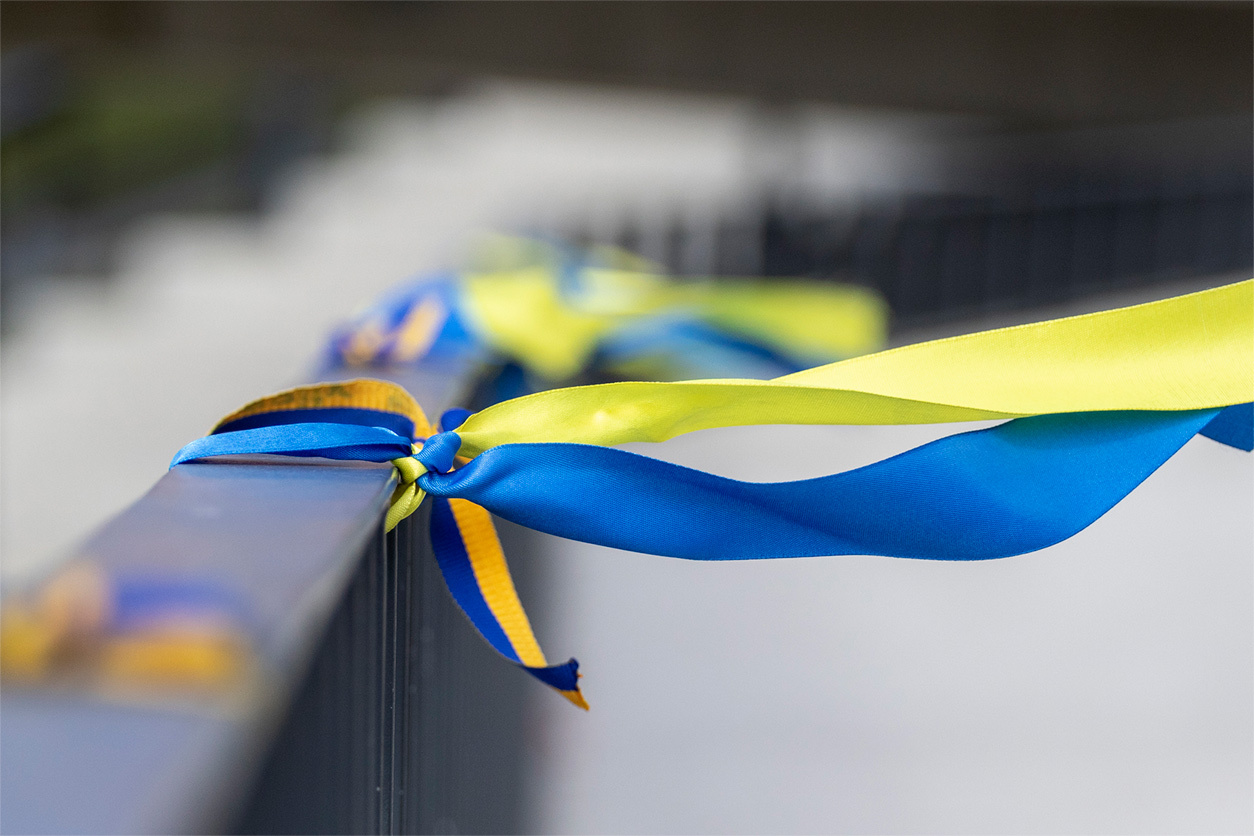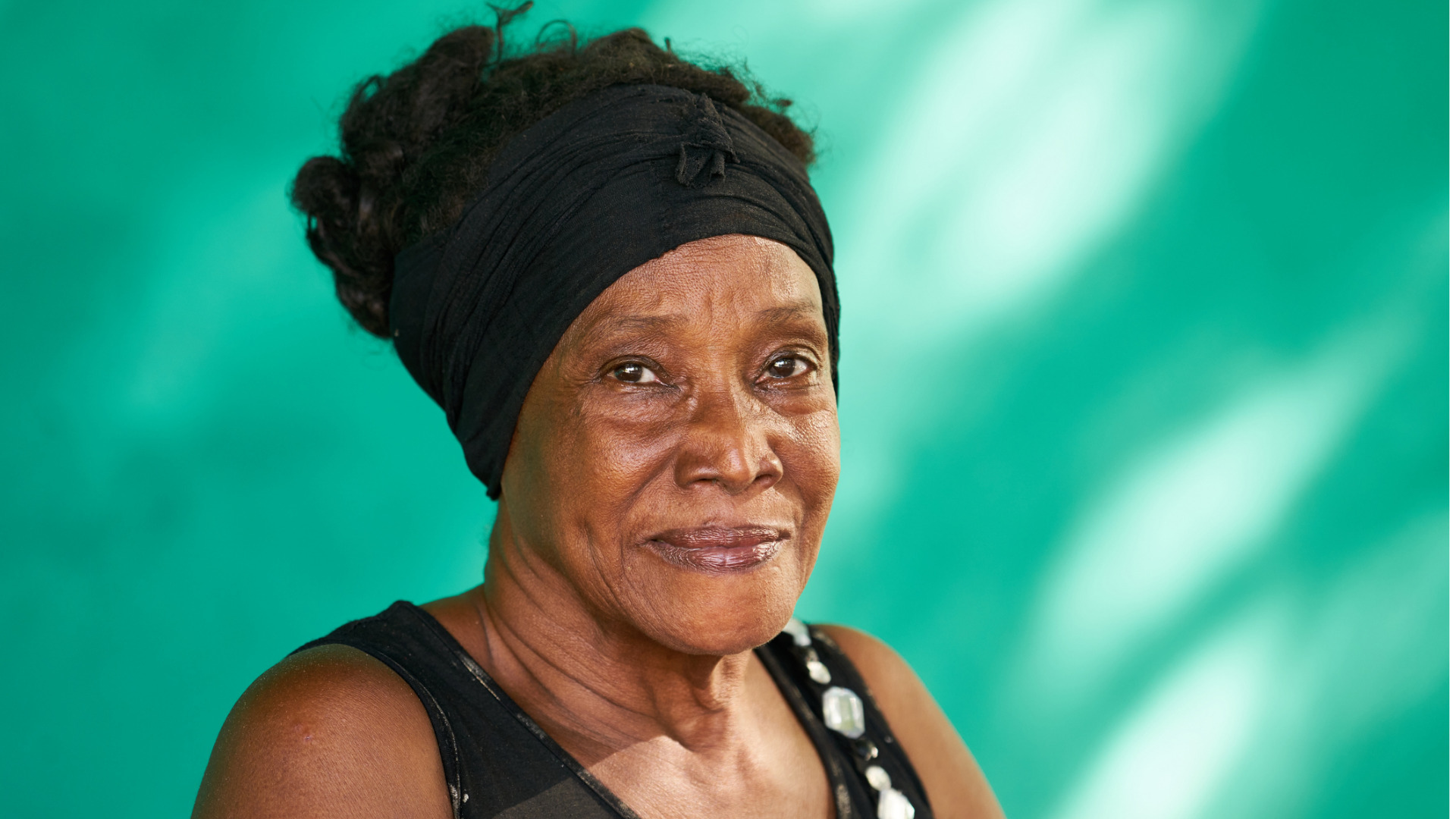How curio traders in Malawi could benefit from digital identity
As we go about our social purpose work we regularly get to speak to local, national and international non-profit organisations. Over the years, we’ve found that many struggle to understand the many ways digital identity solutions might help them in their work. As part of our wider efforts to help the sector make sense of the technology, today we’re publishing the last in a series of articles looking at the use of digital identities in six different humanitarian and environmental settings. Please note that, while the technology use case is real, the scenarios are hypothetical in nature, and the projects
How could digital identity improve maternity and childcare in Kenya?
As we go about our social purpose work we regularly get to speak to local, national and international non-profit organisations. Over the years, we’ve found that many struggle to understand the many ways digital identity solutions might help them in their work. As part of our wider efforts to help the sector make sense of the technology, today we’re publishing the fifth of six articles looking at the use of digital identities in six different humanitarian and environmental settings. Please note that, while the technology use-case is real, the scenarios are hypothetical in nature, and the projects do not exist
How digital identity could help promote education in Angola
As we go about our social purpose work we regularly get to speak to local, national and international non-profit organisations. Over the years, we’ve found that many struggle to understand the many ways digital identity solutions might help them in their work. As part of our wider efforts to help the sector make sense of the technology, today we’re publishing the fourth of six articles looking at the use of digital identities in six different humanitarian and environmental settings. Please note that, while the technology use-case is real, the scenarios are hypothetical in nature, and the projects do not exist
An unfolding crisis
The past few weeks have seen the largest movement of people in Europe since World War II, with millions fleeing the war in Ukraine in search of safety, and many more trapped or under siege, unable to leave. While food, water and medicine are among the more immediate needs, many people have been forced to flee without identity documents as they get lost, misplaced or potentially confiscated along the way. While the situation remains fluid, humanitarian organisations are reporting the lack of any form of ID as a growing problem as people arrive at border crossings seeking help. In the
How digital identity could help protect endangered southern ground hornbills in Zimbabwe
As we go about our social purpose work we regularly get to speak to local, national and international non-profit organisations. Over the years, we’ve found that many struggle to understand the many ways digital identity solutions might help them in their work. As part of our wider efforts to help the sector make sense of the technology, today we’re publishing the third of six articles looking at the use of digital identities in six different humanitarian and environmental settings. Please note that, while the technology use-case is real, the scenarios are hypothetical in nature, and the projects do not exist
How digital identity could help make cross-border trading easier
As we go about our social purpose work we regularly get to speak to local, national and international non-profit organisations. Over the years, we’ve found that many struggle to understand the many ways digital identity solutions might help them in their work. As part of our wider efforts to help the sector make sense of the technology, today we’re publishing the second of six articles looking at the use of digital identities in six different humanitarian settings. Please note that, while the technology use-case is real, the scenarios are hypothetical in nature, and the projects do not exist





